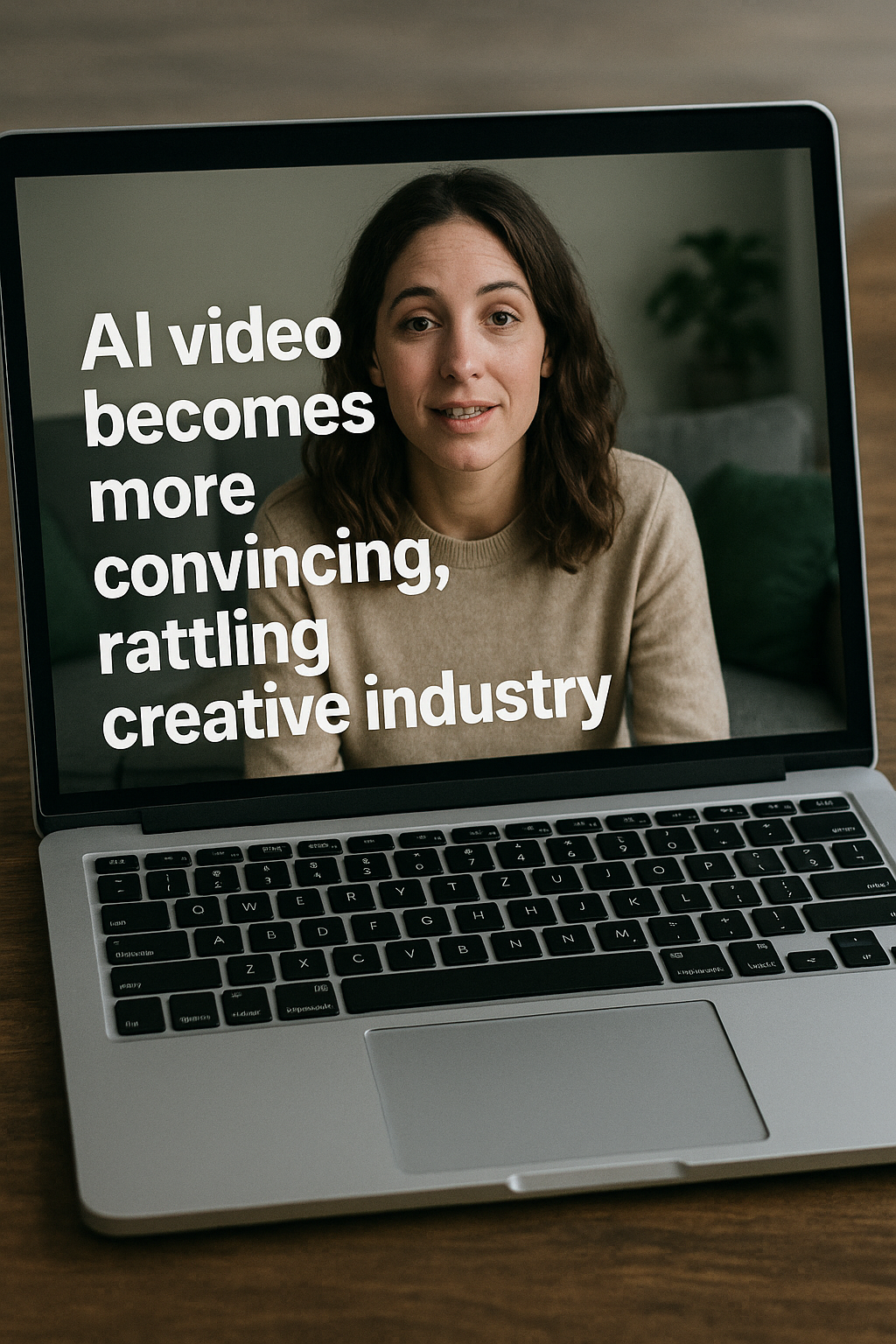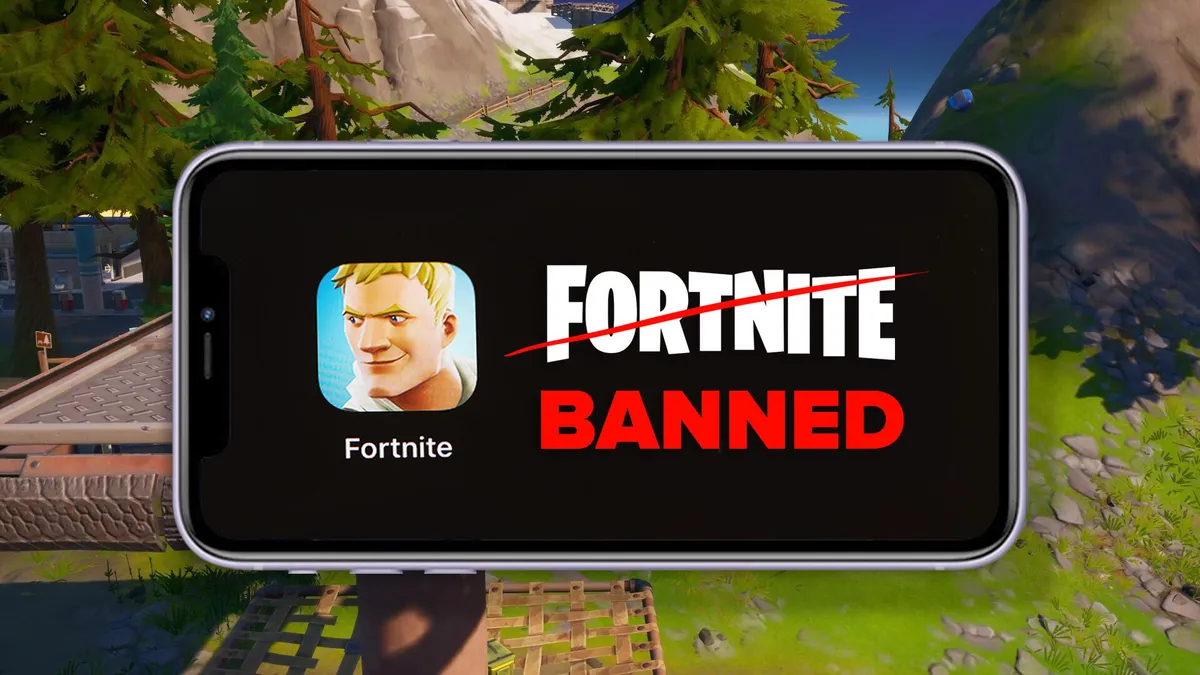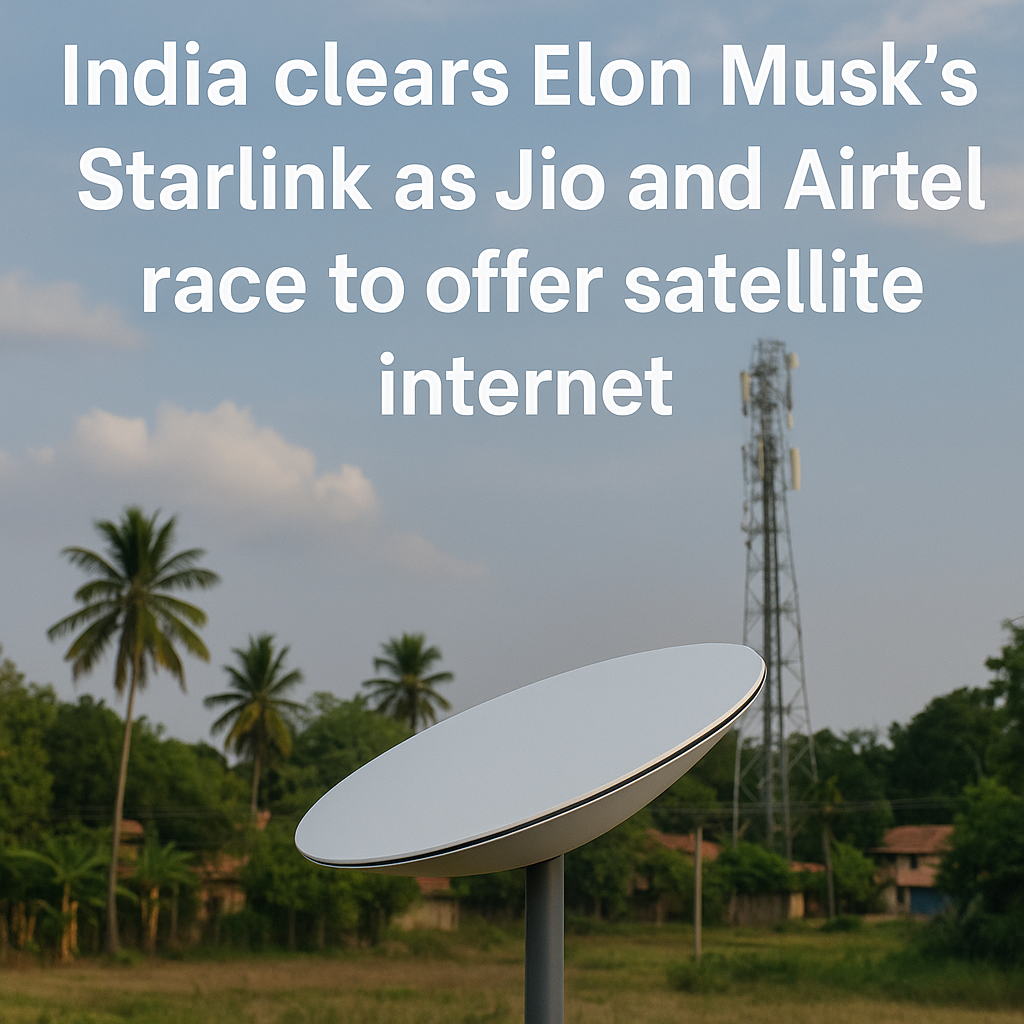NEW YORK, July 8 — Remember when AI-generated videos had weird glitches — extra fingers, frozen expressions, and spaghetti that somehow missed the mouth? That’s quickly becoming history. Today, AI video looks sharper, smoother, and more realistic than ever, and it’s changing the creative world in ways that feel both thrilling and a little unsettling.
Take the now-famous clip of Will Smith eating spaghetti. Once a blurry, almost comical benchmark of AI’s early attempts at video generation, it’s now eerily lifelike thanks to Google’s Veo 3. The AI’s progress isn’t just impressive — it’s relentless. Tools like OpenAI’s Sora, Runway’s Gen-4, and Luma Labs’ Dream Machine are rolling out one after another, each more advanced than the last.
It’s not just tech lovers who are paying attention. Hollywood is leaning in. Lionsgate and AMC Networks have already signed deals with AI video companies. According to Lionsgate vice president Michael Burns, AI could one day turn iconic action franchises like John Wick into animated family films — all without starting from scratch.
The technology is also being used behind the scenes. Want to know whether to shoot that battle scene in a snowstorm? You can now preview a 10-second version with 10,000 soldiers — something that once cost millions, now done in minutes.
The first fully AI-made film, Where the Robots Grow, debuted last year. It’s not just a novelty. For some creators, it’s a proof of concept, a glimpse of what’s now possible on a small budget and tight timeline.
Still, not everyone’s onboard. Many filmmakers, like Indie Studios’ Andrew White, remain skeptical. “People want to enjoy the movie, not think about how it was made,” he says. Yet, he won’t use AI himself — fearing it might dilute his creative instincts.
Even as AI opens doors, it brings tough questions. Students and creators alike are concerned about environmental costs, ethical data usage, and the ripple effects on jobs. Georgia State professor Elizabeth Strickler sees this pushback daily — but warns that resisting AI might be like trying to run a business without the internet.
What’s clear is that this isn’t just about faster videos. It’s about who gets to tell stories — and how. AI might be shaking up Hollywood’s stronghold, but it’s also empowering a new wave of independent creators. As Runway’s Jamie Umpherson puts it, “The real magic happens when artists get their hands on the tools.”
The future isn’t just about more convincing videos. It’s about what we, as humans, choose to do with them.




